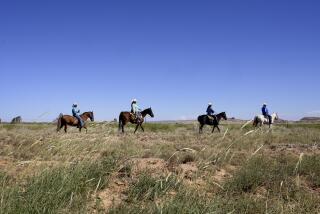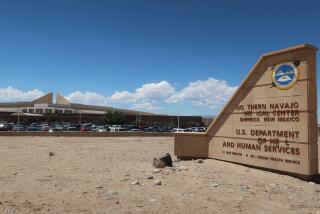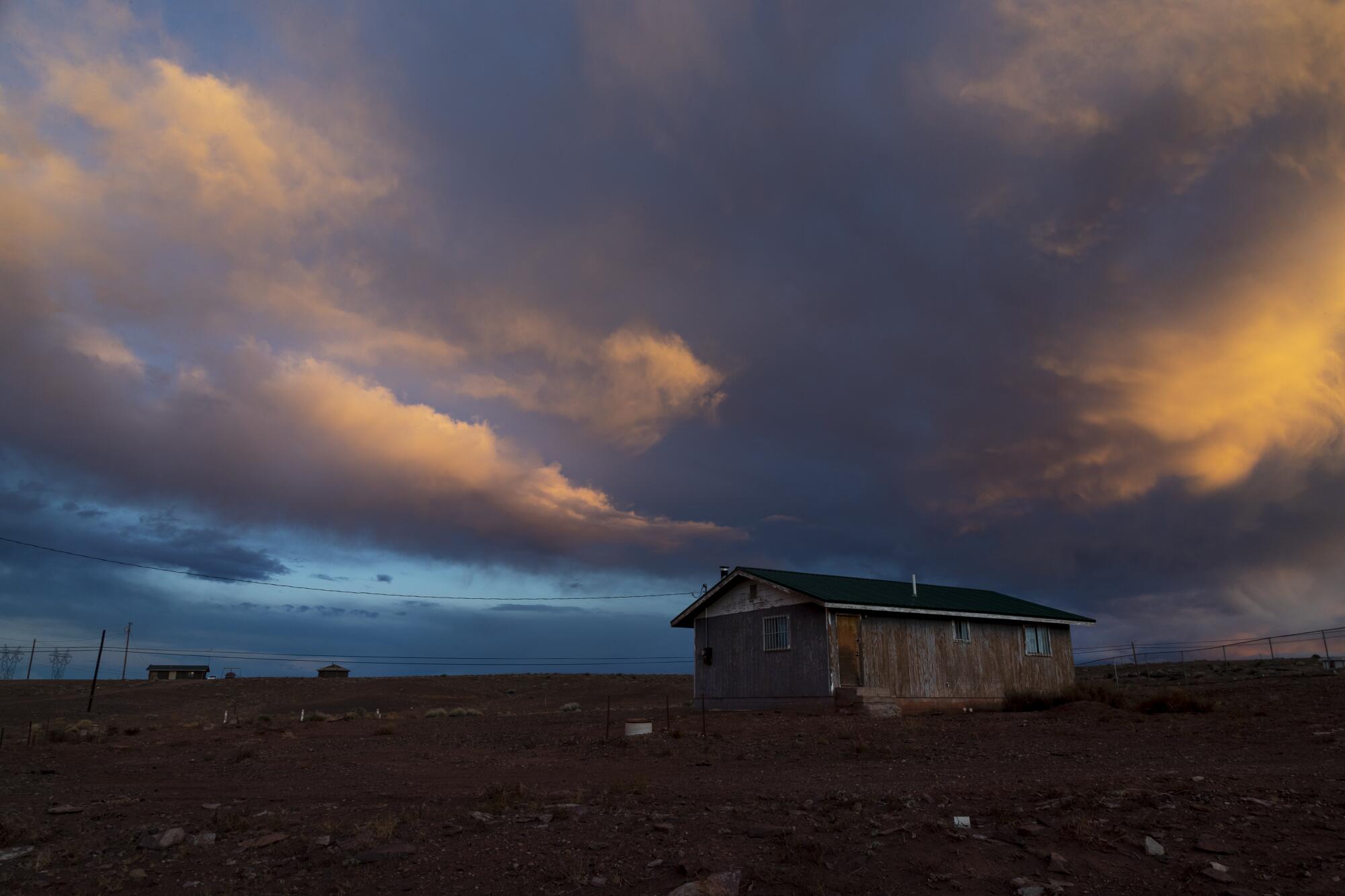
CAMERON, Ariz. — Lisa Robbins runs the generator attached to her family’s mobile home for just a few hours most mornings. With no electricity, it provides heat in this rural high-desert stretch of the Navajo Nation where overnight temperatures often linger in the low 30s this time of year.
Robbins first started hearing the whispers earlier this month — the fever, that sickness, something called coronavirus — but most people in this town of about 900 didn’t seem too worried. It was far off, neighbors told her, a world away in the big cities.
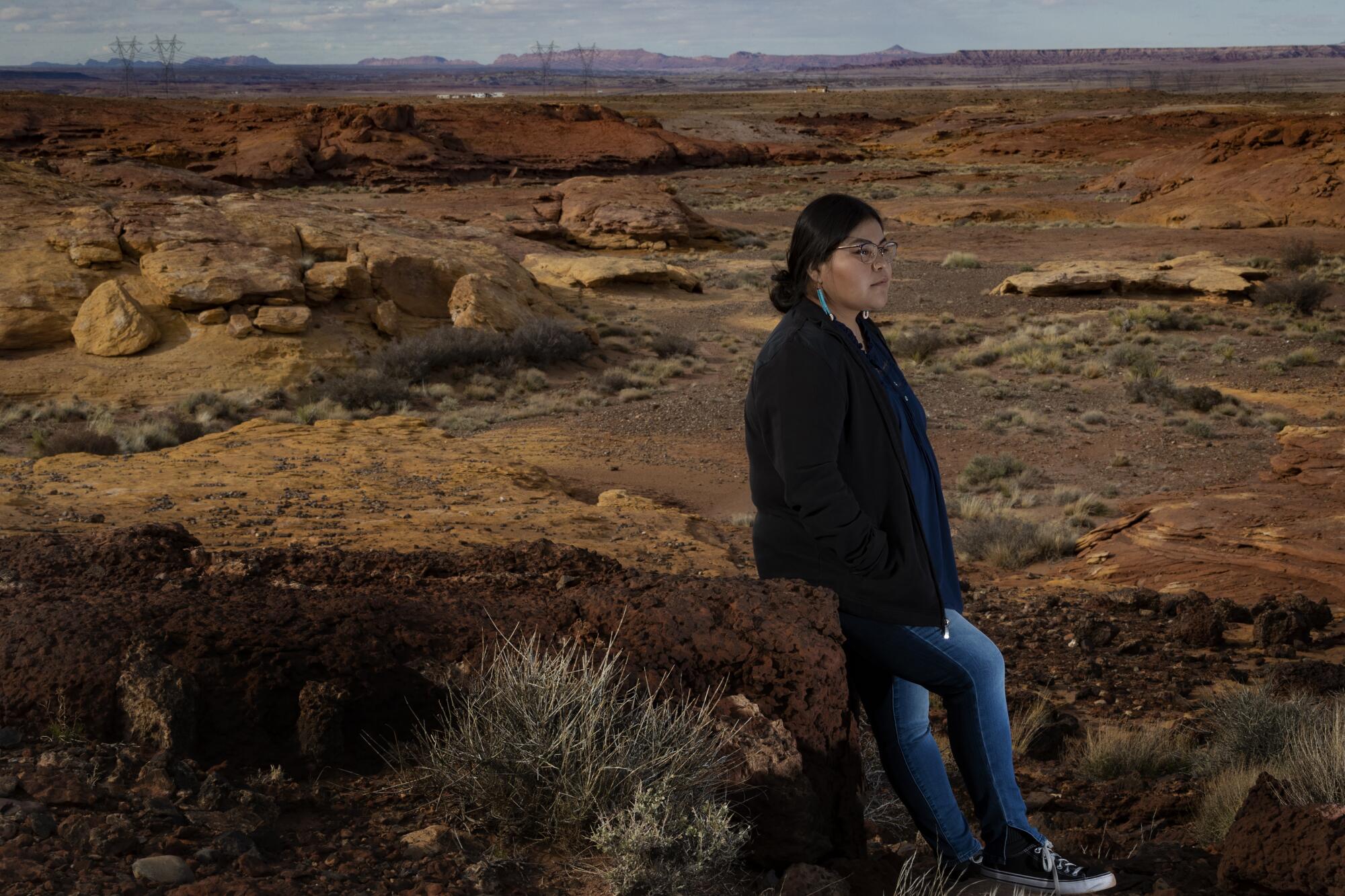
So, Robbins, who rarely has access to the internet or TV news, continued with her daily routine, which includes helping her mother, who sometimes suffers from side effects of a surgery years ago to remove a cancerous stomach tumor.
Then came the bang on her door and a stark warning from local leaders.
“They told us to stay inside … don’t come out because people could die,” Robbins said one evening last week. “It hit us so fast, no one knows what to do.”
Here on the largest Native American reservation, one that spans portions of Arizona, New Mexico and Utah, politicians and health officials are mounting a frantic effort to curb the spread of the coronavirus. The impact could be especially devastating, officials fear, in an extremely rural area larger than West Virginia, with roughly 175,000 residents and only four inpatient hospitals.
The first confirmed case of the coronavirus on the reservation came on March 17, but just days later, the Navajo Nation announced that the number had jumped to nearly 115. With limited testing, many fear the number of people infected could be far higher.
Already, two Navajo have died from COVID-19, which was believed to have been spread at an evangelical church rally in Chilchinbeto, Ariz., in the northern portion of the reservation, about 90 miles northeast of Cameron, on March 7. There were local reports that one pastor was coughing as he delivered a sermon.
Congregants greeted one another with handshakes and hugs and packed together to hear pastors from around the Navajo Nation. Some pastors who live off the reservation also spoke after traveling hundreds of miles to attend.
Days later, many attendees began suffering fevers and dry coughs. Loved ones offered treatment, exposing themselves to the virus. It spread quickly.
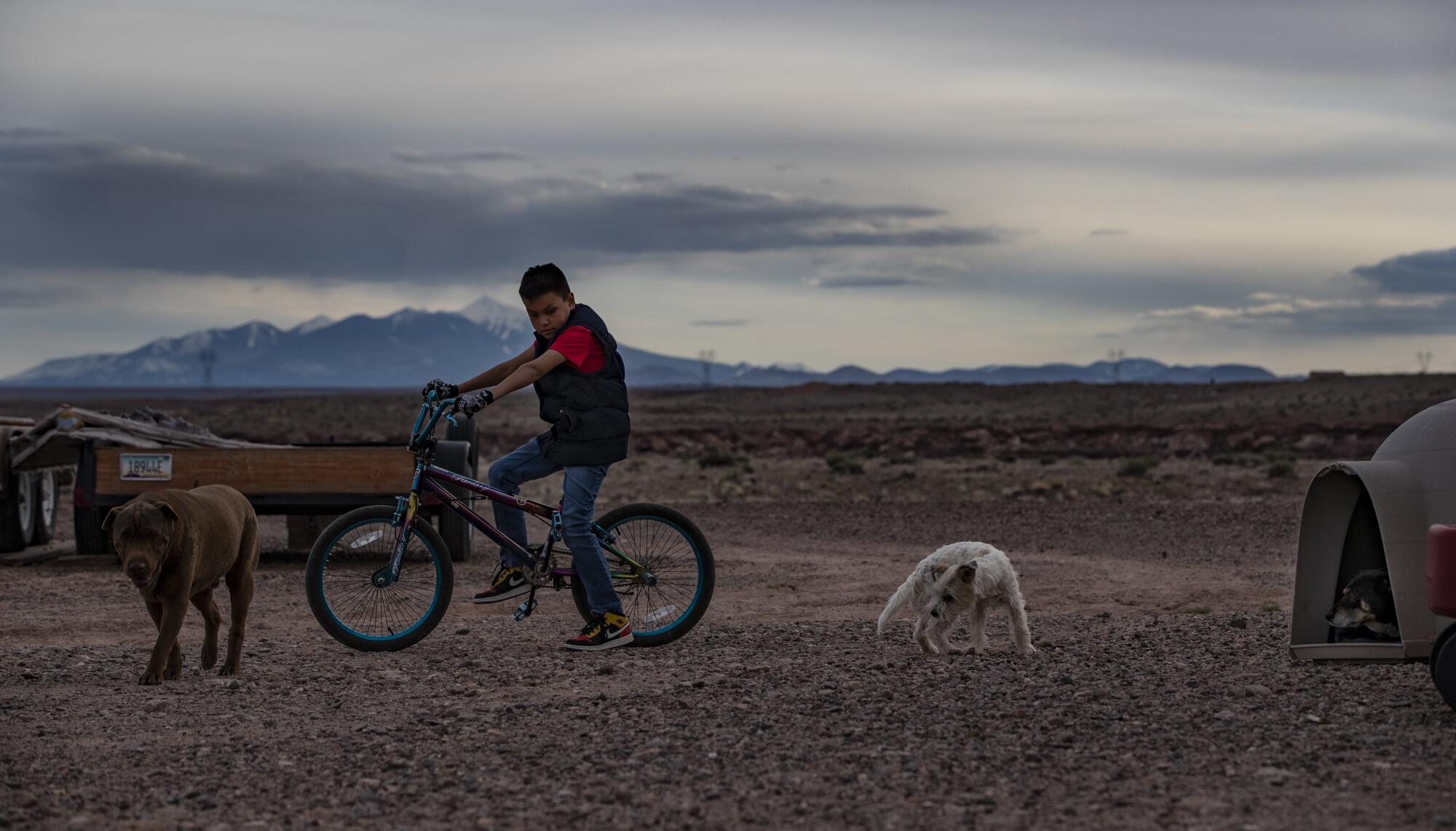
“Navajo residents are panicking as these numbers rise,” said Jonathan Nez, president of the Navajo Nation. “We need a lot of help fast from the federal government.”
Nez issued a stay-at-home order last week, but communicating and implementing such an edict can prove difficult.
Many residents, like Robbins, live in remote areas of the reservation where you can drive for miles and see nothing but towering junipers dotting red-rock mesas. Others live in cities like Flagstaff and Phoenix, where the virus is spreading, and travel several hours to the reservation to visit family and worship. Some Navajo don’t have running water, making it complicated to carry out the best prevention method: frequent hand-washing.
And even when news of guidelines from the Centers for Disease Control and Prevention began to circulate, many here have remained wary, due to a long-standing distrust of the federal government and a painful history of loss from earlier epidemics brought in from the outside world.
During the 2009 outbreak of H1N1 flu, also known as swine flu, the death rate for Native Americans who contracted the disease was four times that of all other racial and ethnic groups combined, according to a study by the National Institutes of Health. Underlying health conditions contributed in part to the disparity.
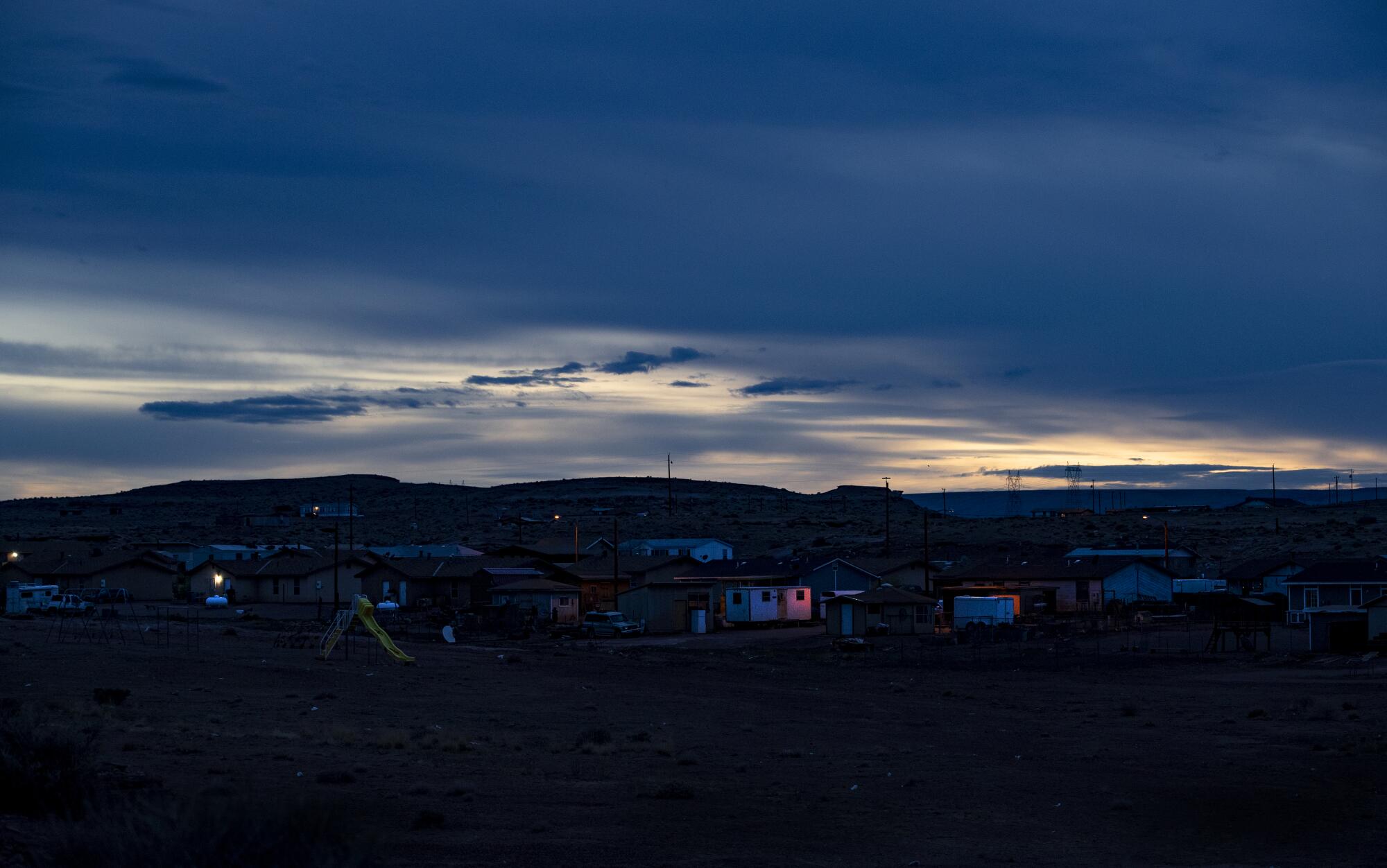
For Robbins, 21, news of the devastating new virus has triggered a heightened sense of anxiety.
She worries for her mother and for her own weakened immune system — the result of having been born without a thyroid. And she worries, too, for so many other friends and loved ones here on the reservation who also have some underlying health condition.
“Then add this coronavirus,” she said. “We are scared.”
Ethel Branch, a former attorney general for the Navajo Nation who lives an hour away in Flagstaff, recently started a GoFundMe page, soliciting food donations for the most vulnerable people on the reservation. To fight the pandemic, Branch said, it’s critical that people can get supplies delivered directly to their homes so they don’t have to travel into towns like Cameron and cram into small general stores.
So far, hundreds of families have received food baskets, including flour, beans, rice and Tylenol, Branch said, adding that the coronavirus could be especially dangerous for low-income families with health problems, such as diabetes, a side effect from uranium mining in the area.
“We have to all do our part,” Branch said, “because who knows if the government support will do anything.”
The newly adopted $2-trillion stimulus package includes $8 billion for Native American tribes. Roughly $1 billion is allocated for the Indian Health Service, a notoriously underfunded federal agency that oversees healthcare on reservations. Many here are skeptical about whether any of the money will arrive, or how much it would help. Nez expressed concern that the federal government is forcing individual tribes to apply for their share of the $8 billion.
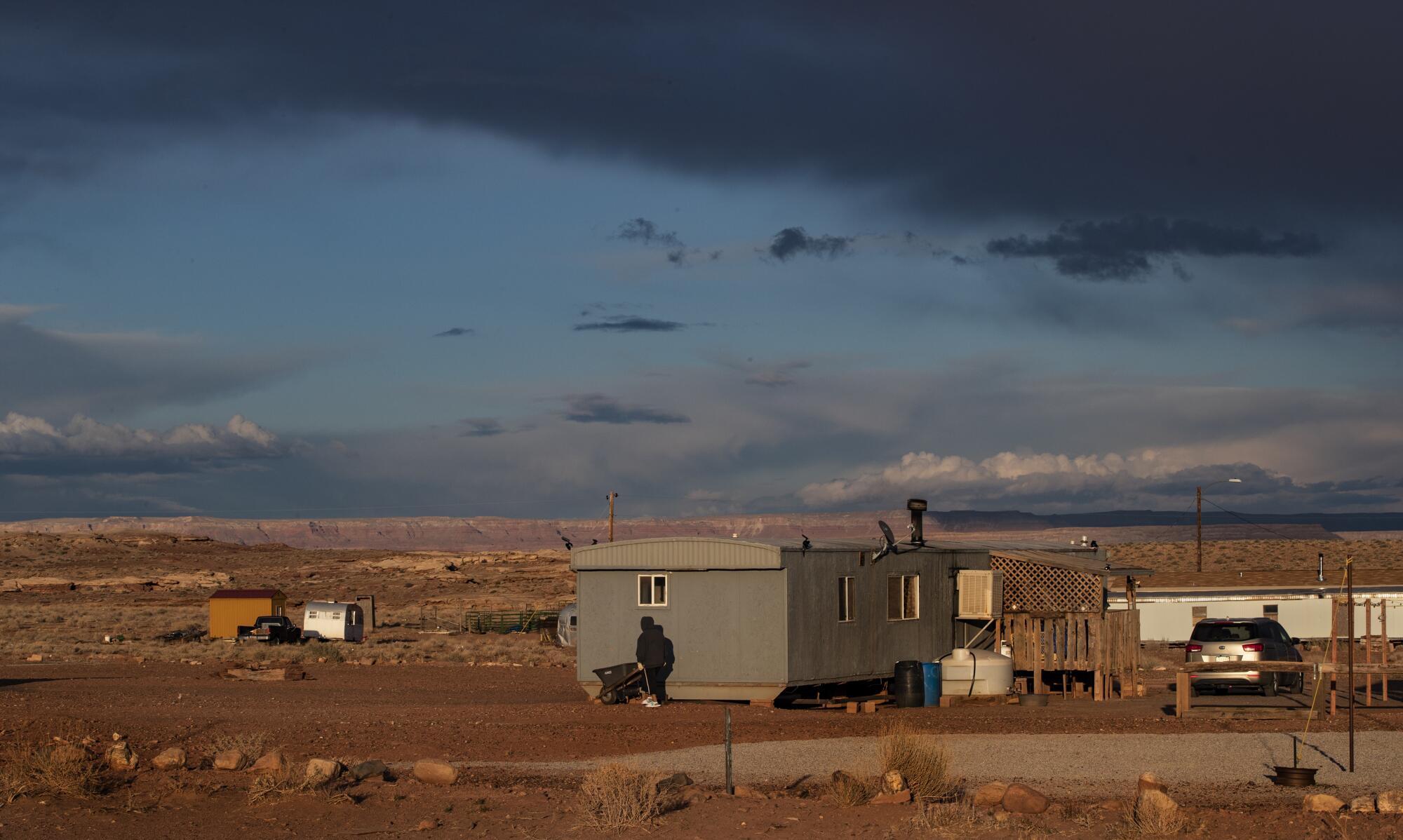
On the Navajo Nation, it’s not uncommon for elders to talk about the introduction of diseases into Native American communities over the generations — a vow to never forget the privations and suffering that indigenous communities have had to endure.
As early as the 16th century, white European settlers brought smallpox and measles into Native communities, and in the 1860s the U.S. government drove Navajo from the buttes here in the Southwest and forcefully marched them to Fort Sumner, N.M., where they were imprisoned, as part of a forced journey known as the Long Walk. In that era, thousands of Native people died of diseases like measles.
During the Spanish flu epidemic in 1918, nearly 2,000 Navajo died, and in April 1993, the hantavirus outbreak devastated the Four Corners area. Carried in deer mice droppings, the virus was at times known as the “Navajo flu.”
There were 24 reported cases in the area — 14 of which were Navajo. In total, 12 people died.
Jonah Yellowman, 67, a spiritual leader from the northern area of the Navajo Nation, remembers the hantavirus vividly. Yellowman said he is now boiling sage and juniper and drinking it as a tea, to help combat respiratory ailments.
“Sage specifically helps the lungs,” Yellowman said on a recent afternoon. “It’s strong, it can offer healing.”
Yellowman lives in a single-level home with no running water and relies on five-gallon jugs he fills at a nearby well. In addition to washing his hands, he must use the water for cooking and bathing.
“You have to ration it out, especially now,” Yellowman said, noting he tries to wash his hands more often than usual.
These days he urges his family and friends to stay home and monitor the situation as closely as possible. Talk by phone. Crack car windows and speak from a distance. Stay updated, he tells them.
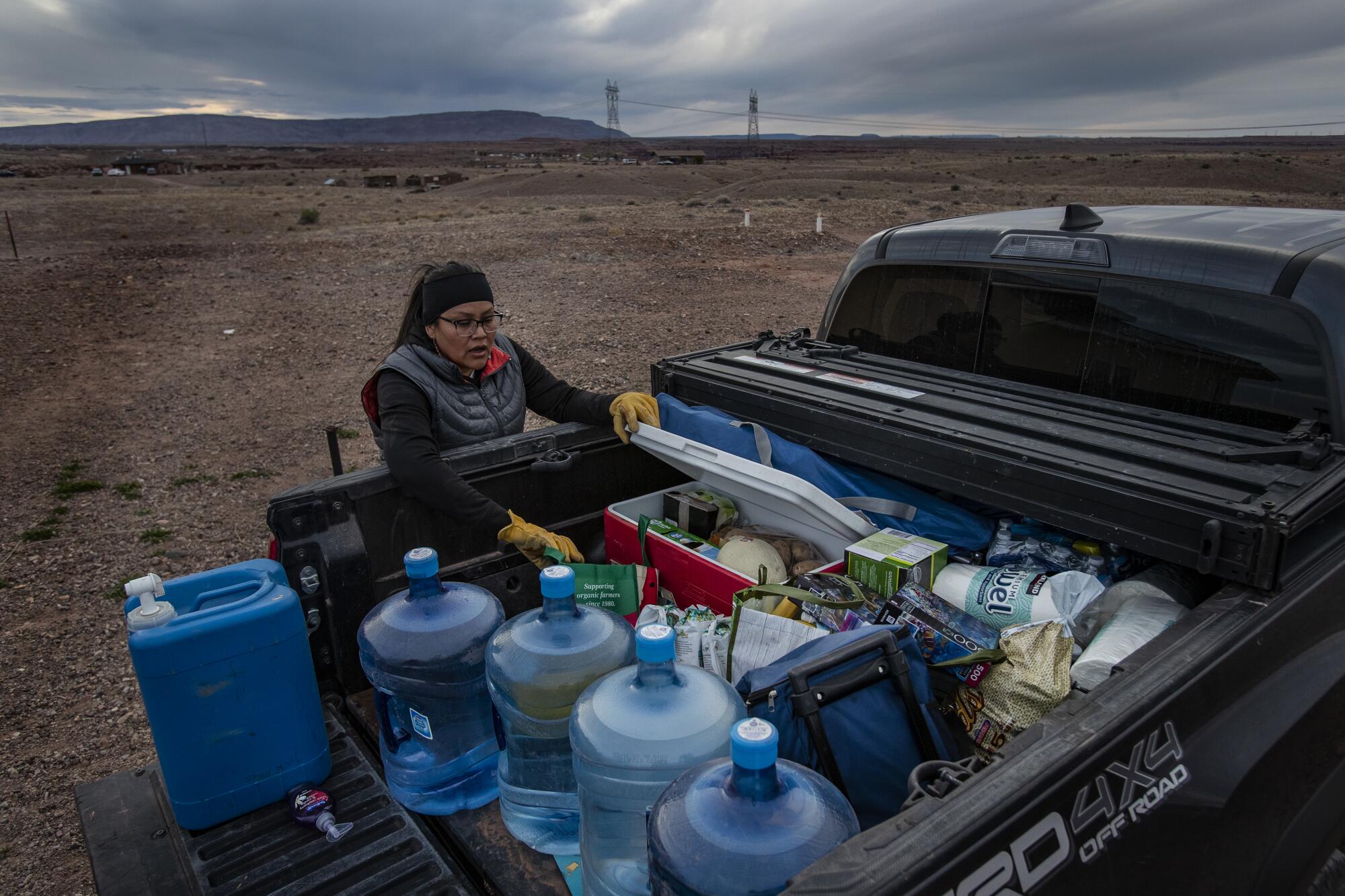
Like Yellowman, Shanna Yazzie, a Cameron resident, has no running water or electricity. A wood-burning stove heats the living room of the home she shares with her mother and two children.
At least once a month, Yazzie visits family and takes her children to orthodontist appointments in Phoenix, about 200 miles south, and stocks up on supplies at Costco. In early March, she made the trek and was stunned by the crowds at the store.
“That’s when I really realized something was up and this was bad,” Yazzie recalls, adding that, initially, she’d heard some people on the reservation joking that Navajo natives couldn’t get the coronavirus.
“Quickly we’re realizing that’s not the case,” she said.
Yazzie bought two cases of water — the maximum allowed per person — and drove home from Phoenix. The entire time, she asked her 10-year-old son to check the news on his phone as best he could and peppered him with questions: Did he want to stay home from school tomorrow? Soon, schools were shuttered, so the decision was made for them.
Then she had a heart-to-heart conversation with her 79-year-old mother, who wasn’t sure what to make of the reports on the news. Her mother, Yazzie said, still wanted to go to the local Burger King for coffee, where she and her friends gather many weekdays.
Now, the family stays inside. Every few days Yazzie runs to the local convenience store for snacks. They play board games and read books.
“It’s just not worth it to leave and get sick,” she said, “but being out here supplies are limited.”
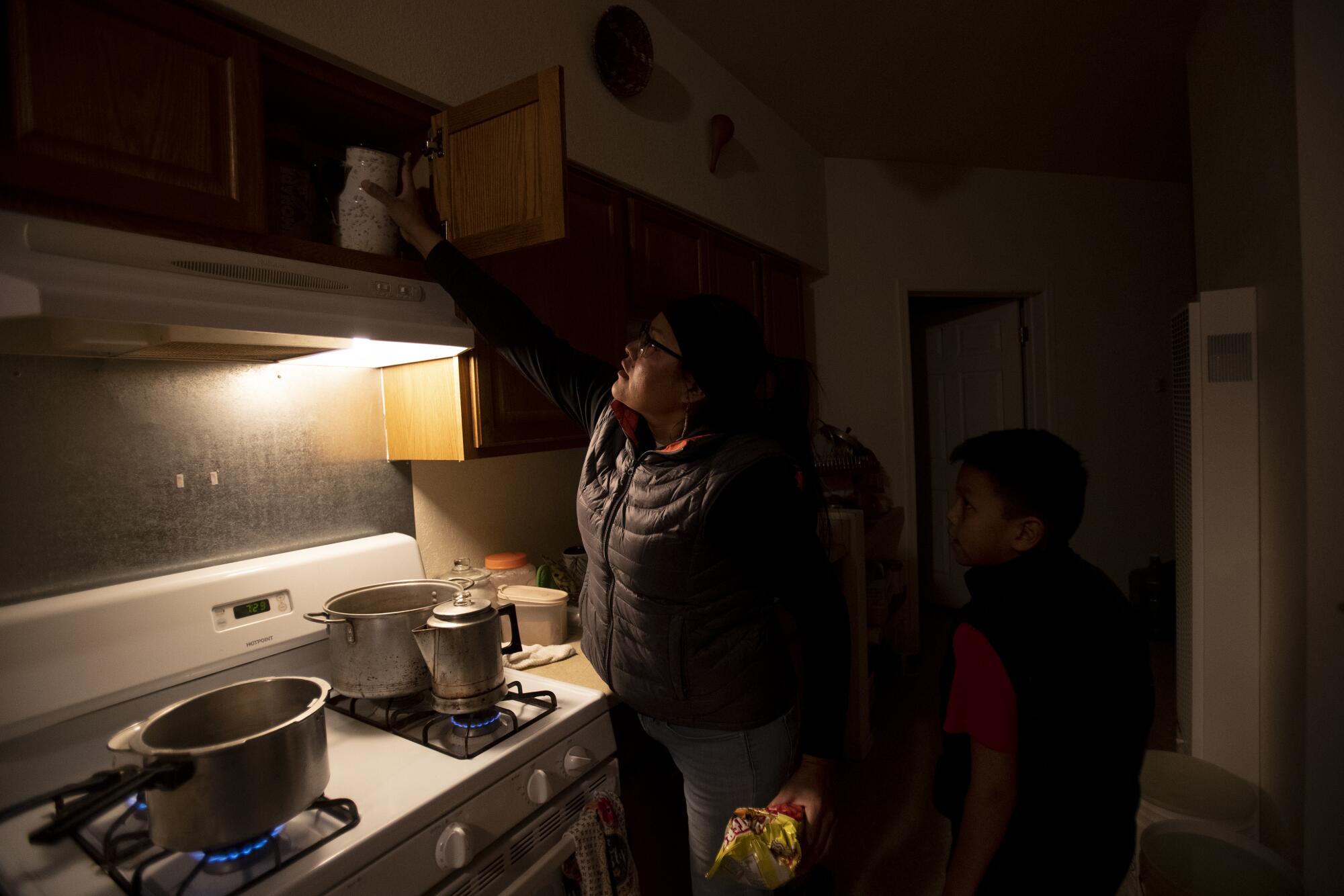
On a recent morning, outside a desolate restaurant off Highway 89, a lone car idled in the lot. The owner had run inside to grab a to-go breakfast. Normally, this highway buzzes with tourists headed to the Grand Canyon, but on this day it was silent save for a few barking dogs at a nearby trailer.
Eventually, Billy Huskie pulled up in his pickup truck and headed inside for a breakfast sandwich. Huskie, who chops cedar and juniper for a living, said the pandemic had a put a damper on business, and he expressed frustration with younger people — both on and off the reservation. They’re making it worse by not staying home and being isolated with family, he said.
“They’re being selfish,” Huskie said. “And this is hurting businesses and livelihoods.”
A gust of wind tore through the parking lot, and the man who was driving the idling car flung open the restaurant door and turned to Huskie.
“I’m out of here, man,” he said.
“Be safe, be careful,” Huskie responded, offering a closed-fist salute.
“I don’t go around anybody,” the man said, flashing a grin. “I’ll be good to go. I have nature.”
More to Read
Sign up for Essential California
The most important California stories and recommendations in your inbox every morning.
You may occasionally receive promotional content from the Los Angeles Times.
